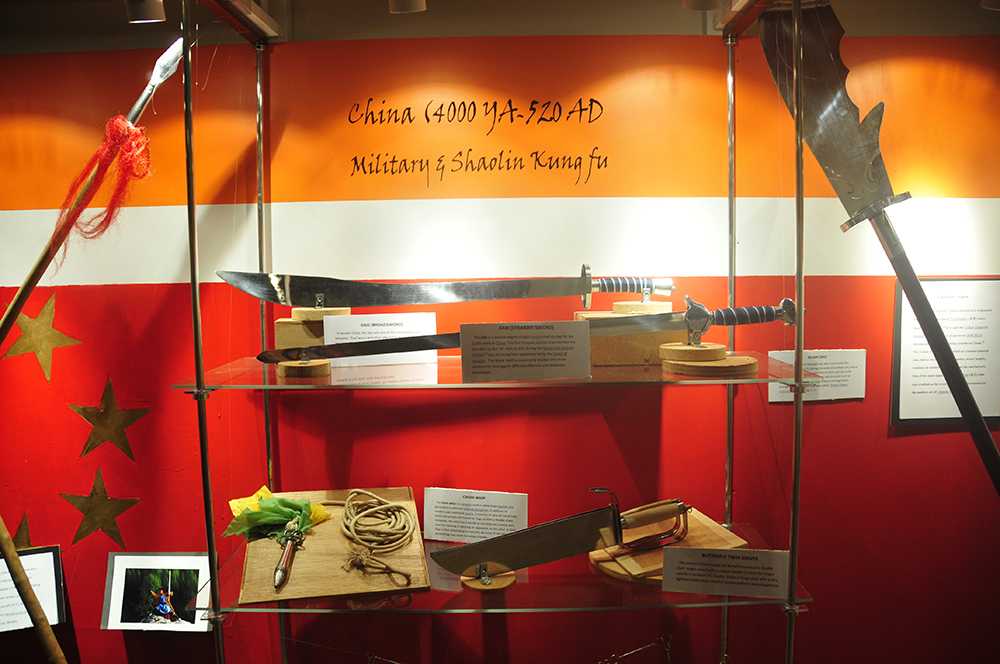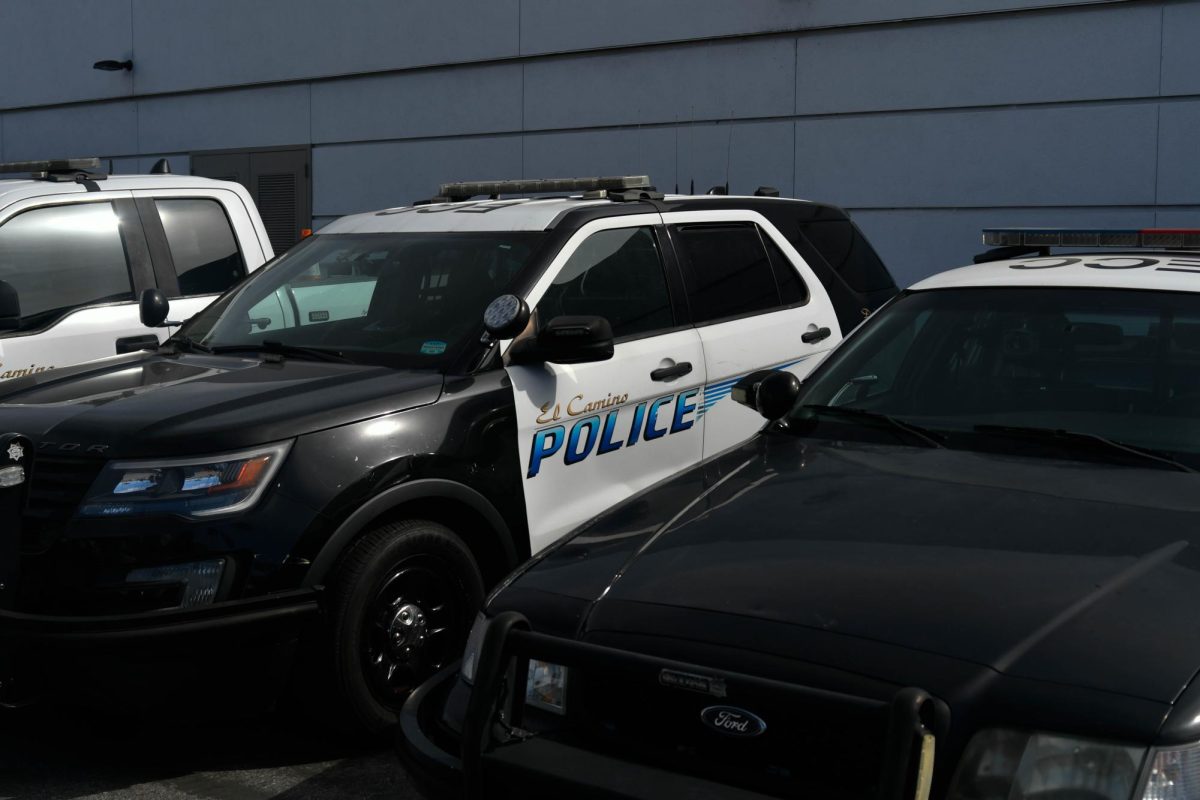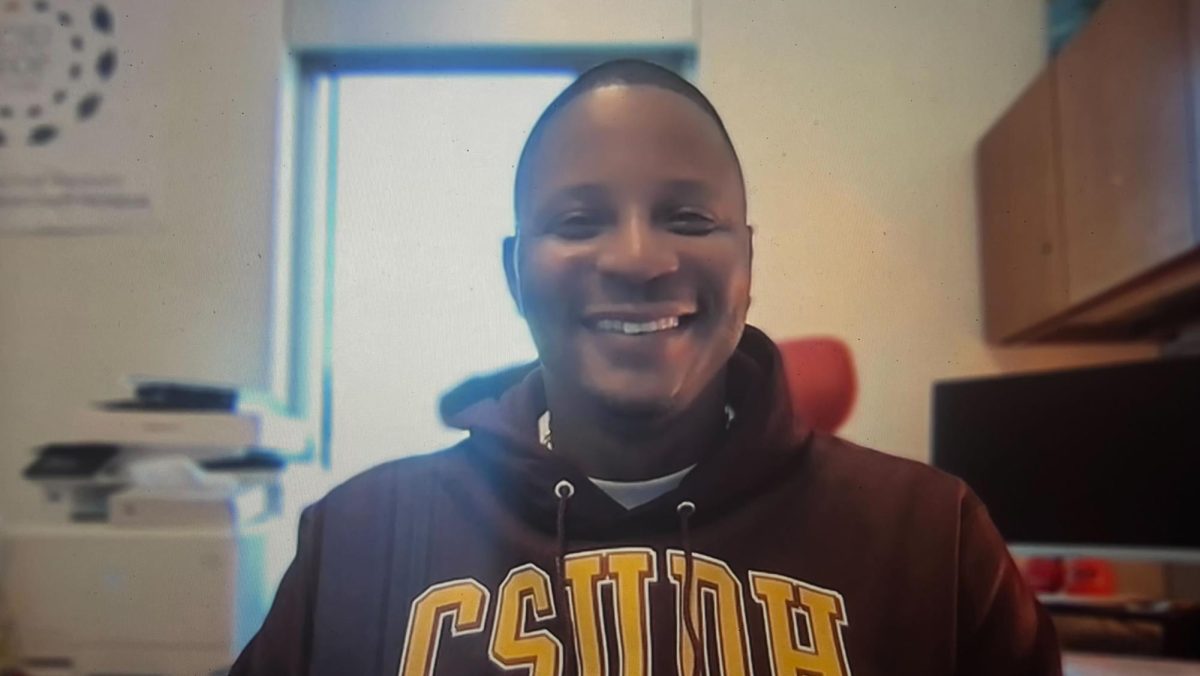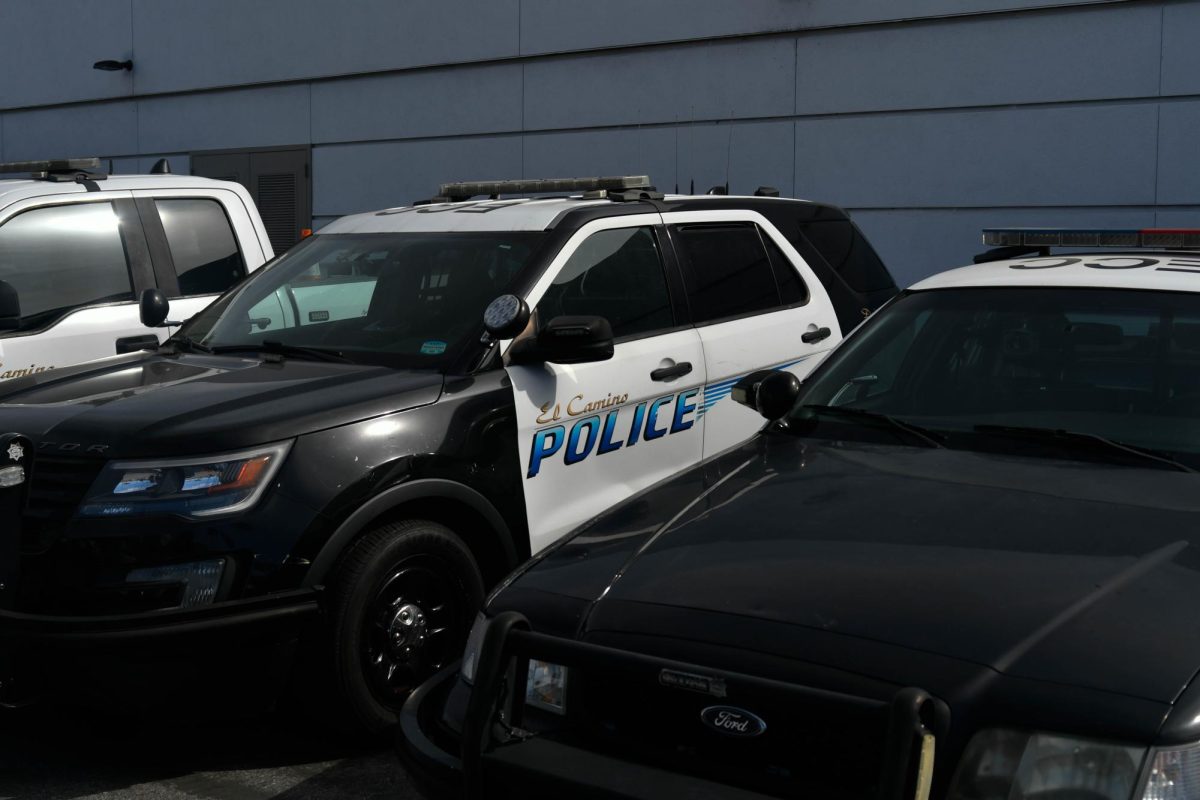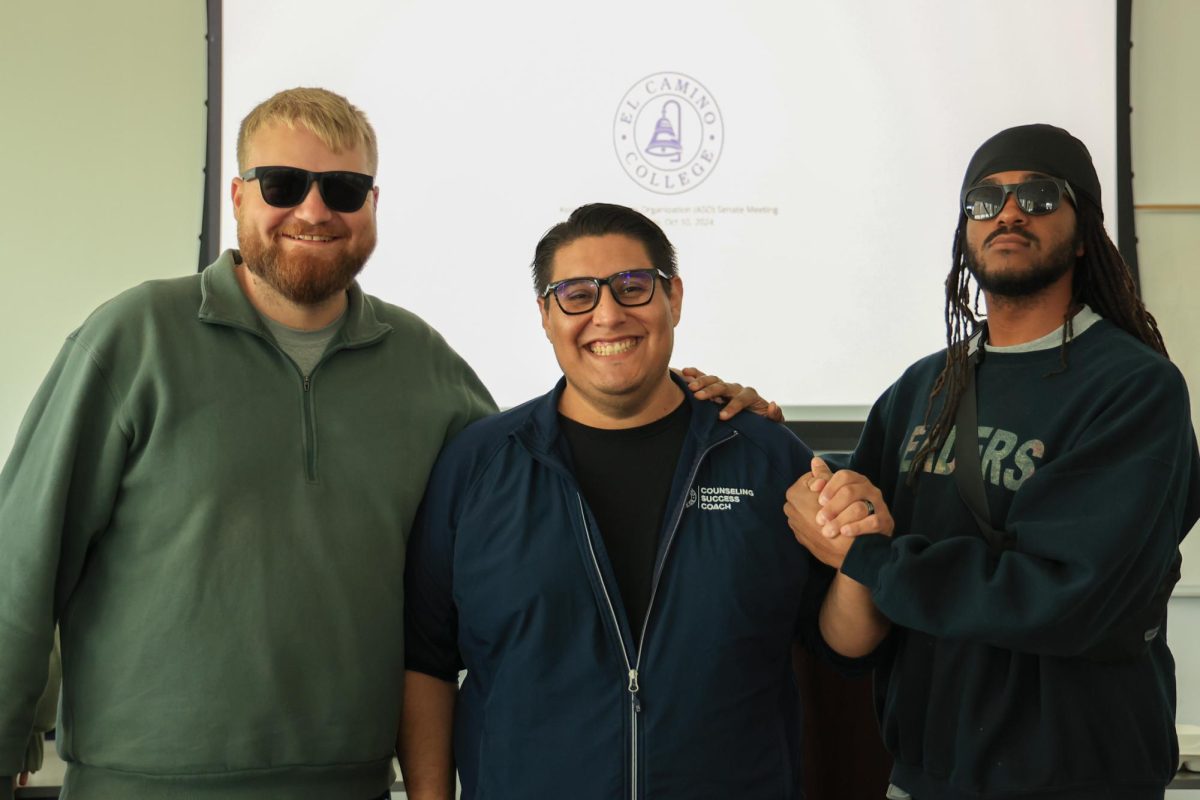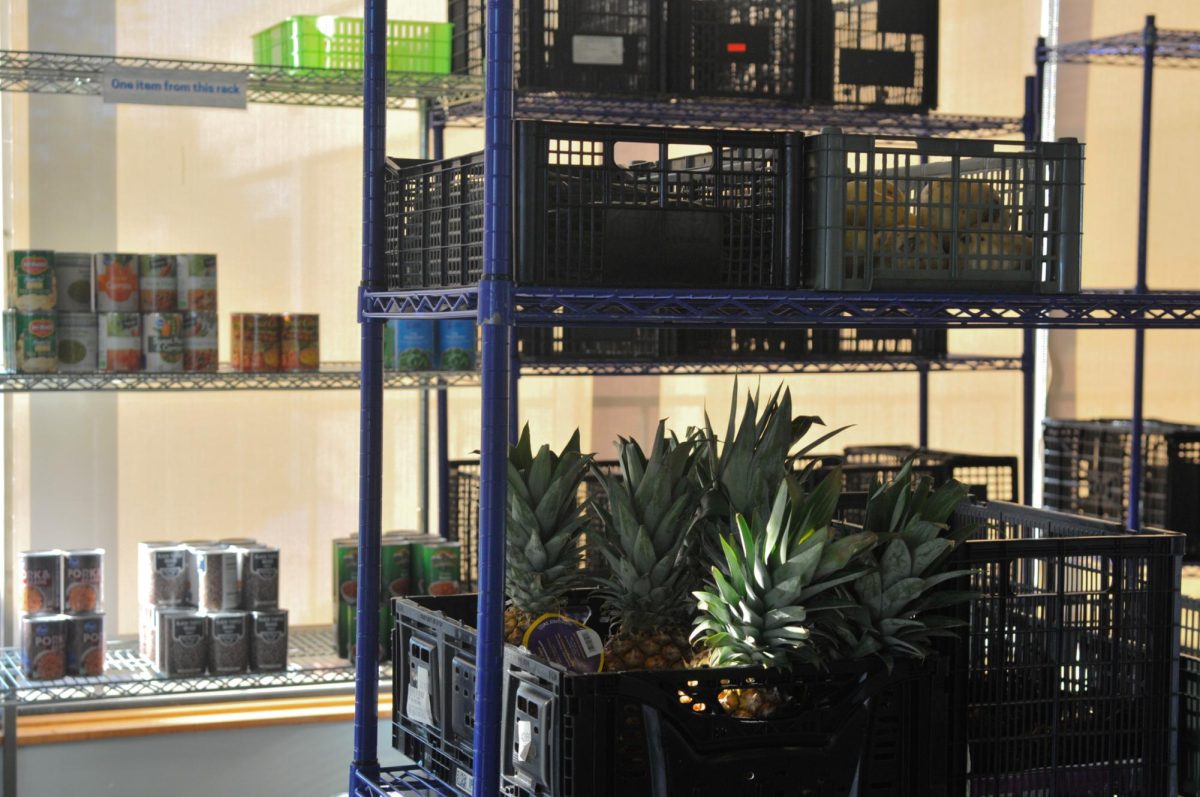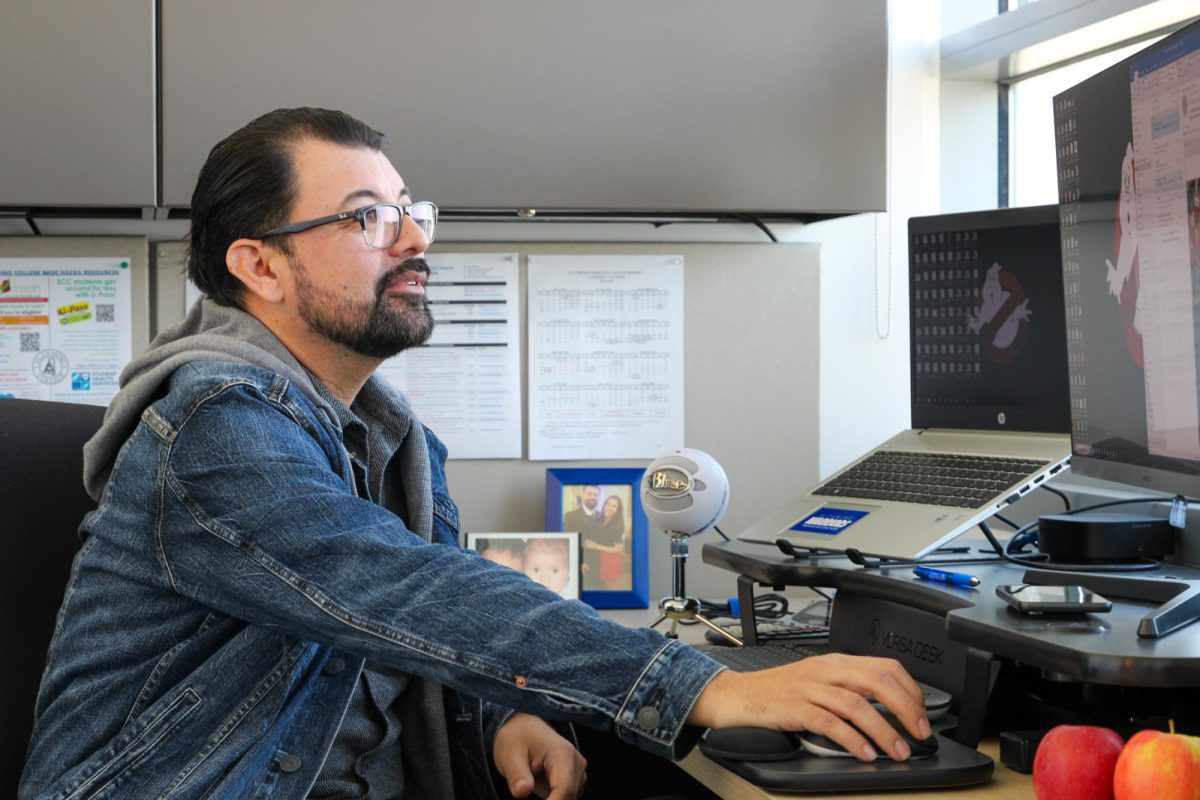Recent renovations to the Anthropology Museum on the third floor of the Behavioral Sciences Building allowed the showroom to open last week with a new martial arts exhibit.
“I took over the museum in 1996,” Blair Gibson, director of the museum, said. “The museum was established in 1972 and a lot of the facilities date to that. I’ve been worried about electrical fires and pollution from melting plastic. We’ve had meltdowns of light fixtures.”
After the upgrades, the opening exhibit was a combination of martial arts and Day of the Dead art, but it changes today.
The next theme will be about early humanity from neanderthals until the iron age, Misa Valle, who was the curator and organizer for the martial arts exhibit, said.
All of the new exhibits will be better protected than in the past.
“We once had a Guatemalan statue split and many wooden objects deteriorate,” Gibson said. “It forces us to work with institutions whose standards aren’t as high and borrow items that aren’t as fragile.”
Humidity and temperature are mostly to blame for such occurrences of damage and institutions’ refusal to donate to the museum.
The location of the museum on the third floor of the Behavioral Sciences Building also causes its share of problems.
“The air conditioning shuts off on the weekend and makes the heat rise,” Gibson said. “It gets very hot, which is not good for artifacts.”
The museum has also struggled for a long time with a claustrophobic workroom, which does not provide enough space for students in the museum studies class to prepare artifacts for display.
“We have to carry large objects like plywood up the stairs because they don’t fit in the elevator,” Gibson said.
Gibson said that students frequently need to do a lot the actual work and lifting in walkways or classrooms and that it’s at times difficult for him to assist due to “teaching five classes in the fall while trying to plan and run the gallery.”
However, the passage of a bond a few years ago has made money available to put towards improvements for the museum. So far, $75,000 in cases and $10,000 in moving walls have been installed, which will help Gibson and his students to better organize exhibits for visitors and protect artifacts.
“The cases were custom-made for us and the glass lids have a powerful glue that was sealed with UV radiation. They have wheels which makes them easier to work with,” Gibson added.
Handling of the equipment can at times be an arduous task,” Gibson said. “Glass display-case tops must be removed with industrial suction-cups and a considerable amount of coordination and moving walls require at least four people to carry them. However, Gibson said that the museum studies students “are doing a great job.”
Although the museum, Gibson, and his students still must deal with humidity, light and temperature problems, he hopes that at some point the museum could be re-located to the first floor.
“If the new bond passes, the Gallery could be moved down to the ground floor which would eliminate a lot of our problems,” Gibson said. “The environment is easier to maintain and it has easier access.”
For now, the museum will continue upgrading so that the museum can obtain better exhibits and so students can continue learning from first- hand examples.
“It’s fun,” Oliver Bedolla, who helps install new exhibits, said. “These new cases are pretty nice.”



